Working as a diving instructor in Hurghada, I observe how many divers, regardless of experience, do not have the habit of checking their diving equipment on their own right after it is assembled.
During OWD diving courses in Hurghada, from the very first lesson I show students how to check diving equipment. I assume that after completing the OWD course, new divers will not immediately be equipped with their own set of diving equipment. When renting diving equipment, it is very important to know how to properly inspect it. Even if we have our own diving equipment, we must take into account that sometimes something will wear out. It's worth knowing about this before we jump into the water and start diving.
How to properly assemble diving equipment
1. Diving jacket (BCD)
- Attaching a BCD to the cylinder
We should start by wetting the strap on the BCD - it will be easier to tighten it properly on the cylinder. Skipping this step may result in the diving tank falling out after entering the water. It is always easier to adjust the BCD strap before diving - on shore or on a boat - BCD – height on the cylinder
The upper edge of the diving vest should be about 2 centimeters above the cylinder valve so that when the diving regulator is screwed in, its first stage does not press on the back of the diver's head
The BCD should be mounted symmetrically on the tank
2. Regulator
- We check whether there is an O-ring on the first stage of the machine and whether it is not damaged
- Screw the first stage into the cylinder valve (DIN type)
- Connect the medium pressure hose to the inflator (using a quick connector)
Open the valve of the diving cylinder
- When unscrewing the diving cylinder, secure the pressure gauge glass by pointing it towards the BCD
- We check whether the diving cylinder is full (cylinder pressure approximately 200 bar)
- The next step is to fill the BCD - this way we can check whether the relief valves in the vest are properly tightened. If the BCD does not "hold" air, we should tighten the valves on the BCD and check it again
- We check where the release valves in the BCD are and whether they work
- We check whether we can release the air through the inflator - especially if we dive from the shore - sand or pebbles may get into the inflator and the spring under the release button may get blocked. In this case, we can inflate the BCD but we will not be able to release the air through the inflator.
Diving regulator inspection
- We check the bypass button
- We check whether we can breathe through the diving regulator - we always exhale first! Then we take a breath. In this way, we consolidate the habit we should have when replacing regulators under water - first we clean the regulator of water (exhale) and only then inhale.
- In the same way, we control the octopus (alternate air source) of our partner
- During this check, we look at the manometer - at no time when using the bypass or breathing from a machine, the arrow on the manometer should not move or vibrate
- We close the diving cylinder, breathe the remaining air from the hoses and check whether the diaphragms on the second stage of the regulators are blocked. Simply put, we check whether we cannot breathe through the regulator with the cylinder closed.
- If the cylinder is closed, the pressure gauge shows zero and we are still able to breathe through the regulator, even to a small extent, it means that the regulator under water will also give us, in addition to air,... water. This is probably due to the membrane (one of the two) and we should be aware that we should not use such a device under water.
Hoses and mouthpieces on a regulator
- When checking diving equipment, it is worth paying attention to the medium and high pressure hoses (pressure gauge). Check that the hose covers are not damaged or cracked.
- When checking breathing regulators, pay attention to the mouthpieces - whether they are chewed or have holes (in this case, when breathing underwater, the regulator may supply water in addition to air)
Checking the taste and smell of the air
When inspecting the installation of diving equipment, we have the opportunity to check the taste and smell of the air we breathe.
- If the air tastes or smells bad, change the cylinder to avoid poisoning under water. If we don't have this option, let's change the diving center...
Self-check after assembling the diving equipment takes about 2 minutes. By skipping this stage of preparation for diving, we may expose ourselves to unexpected problems that can be avoided.
During the OWD diving course in Hurghada, we will teach you how to properly assemble and inspect your diving equipment yourself.
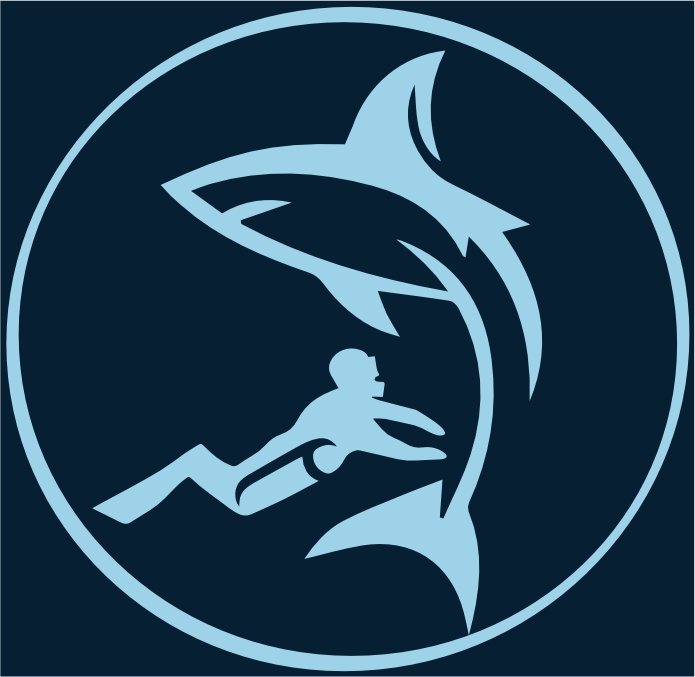
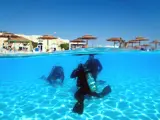
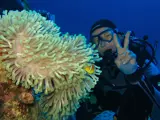
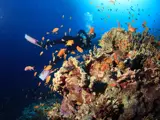
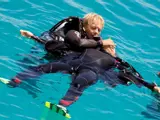
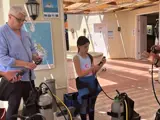

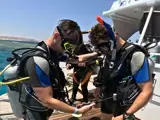
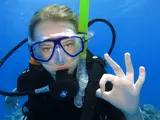

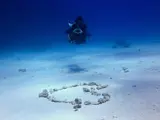
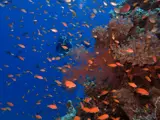
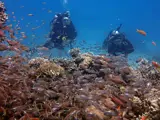
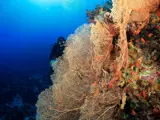
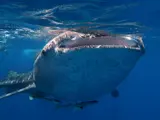
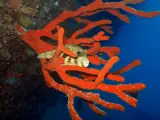
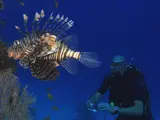
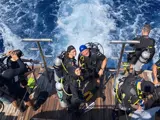
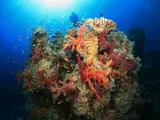
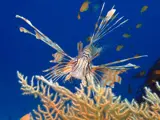
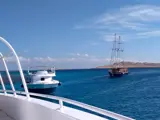
About the author
Pavla